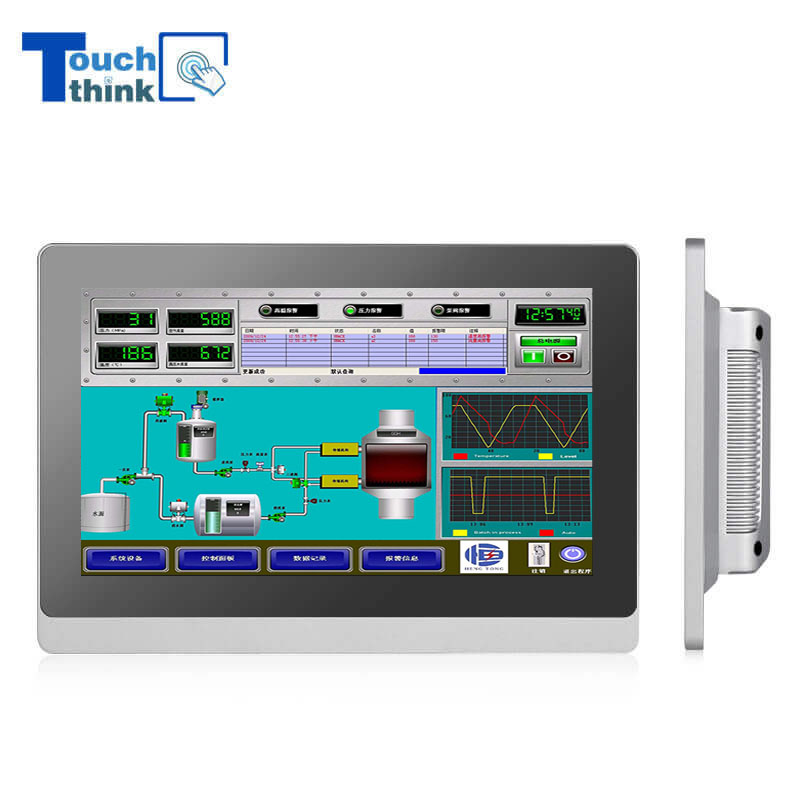How does a touch screen industrial monitor work?
In today's technological era, touch screens have become ubiquitous, finding their way into various industries, including manufacturing, automation, and process control. Industrial environments demand robust and reliable touch screen monitors capable of withstanding harsh conditions. In this article, we will explore how touch screen industrial monitors work and the underlying technologies that enable their functionality.

Resistive Touch Technology:
One of the most common touch screen technologies used in industrial monitors is resistive touch technology. It consists of multiple layers, including a flexible top layer and a rigid bottom layer, separated by tiny air gaps. The layers have a conductive coating on their inner surfaces. When pressure is applied to the top layer, it makes contact with the bottom layer, resulting in a change in electrical resistance at the touch point. This change is detected by a controller, which then calculates the coordinates of the touch.
Capacitive Touch Technology:
Capacitive touch technology is another widely employed technology in industrial touch screens. It utilizes the electrical properties of the human body to detect touch. A capacitive touch screen is made up of a glass panel with a transparent conductive coating, typically indium tin oxide (ITO). When a finger touches the screen, it creates a disturbance in the electrostatic field, leading to a measurable change in capacitance. The touch controller interprets these changes and determines the touch coordinates.
Surface Acoustic Wave (SAW) Technology:
Surface Acoustic Wave (SAW) technology is utilized in some industrial touch screens for its durability and optical clarity. It relies on the propagation of ultrasonic waves across the surface of the screen. The screen consists of two transducers and a reflector, forming a grid of ultrasonic waves. When a finger touches the screen, it absorbs some of the acoustic energy, causing a decrease in signal strength at that point. The touch controller analyzes the changes in signal strength to determine the touch location.
Infrared (IR) Touch Technology:
Infrared (IR) touch technology employs arrays of infrared LED emitters and receivers around the edges of the screen. The emitters create an invisible grid of infrared light beams across the screen surface. When an object touches the screen, it interrupts the beams, resulting in the detection of touch coordinates by the receiver. IR touch technology can support multi-touch functionality and is resistant to environmental factors such as dust and water.
Optical Imaging Technology:
Optical imaging technology uses cameras or sensors to detect touch on the screen. The screen contains an array of LEDs around the edges, and cameras/sensors capture the light that is reflected or interrupted when an object touches the screen. By analyzing the captured data, the touch controller determines the touch location.
Conclusion:
Touch screen industrial monitors have revolutionized the way we interact with technology in industrial settings. With various touch screen technologies available, manufacturers can choose the most suitable option based on the specific requirements of their applications. Whether utilizing resistive, capacitive, SAW, IR, or optical imaging technology, touch screen industrial monitors provide intuitive and efficient interfaces, improving productivity and user experience in the industrial sector.
398
0
0

Comments
All Comments (0)